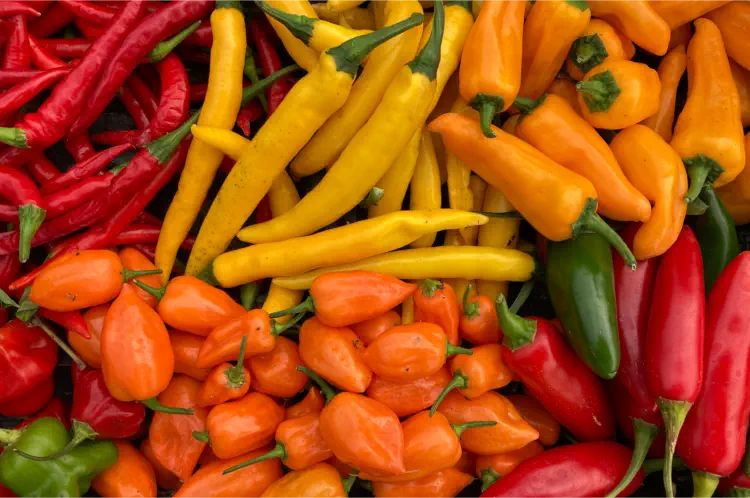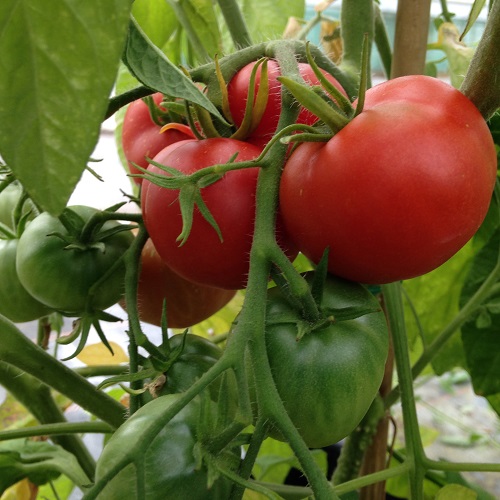Knowing what to do with runners on strawberry plants can be the cornerstone of a successful homegrown strawberry patch. We'll explain the ins and outs of runners, helping you to expand your strawberry patch with ease.
The Basics
-
Strawberry runners are a natural and cost-effective way to propagate new plants and expand your strawberry patches.
-
For optimal new plant growth from runners, it is essential to select healthy runners, prepare them for rooting in well-draining soil, and to transplant the new plants in early autumn or spring to establish robust root systems.
-
Managing strawberry runners is advised for maximising fruit yield; strategic pruning during early growth promotes fruiting, while allowing runners to grow post-harvest aids in stock development for future seasons, all within a balance that avoids plant overcrowding and disease.
Understanding Strawberry Runners
Strawberry runners are horizontal extensions, sent out by established strawberry plants. They are the plants way of ensuring the survival, and are an easy way of growing your own new plants. As they stretch across the garden bed, strawberry runners seek to establish new strawberry plants, each a clone of the parent, ensuring genetic continuity and a steady supply of berries.
This vegetative form of propagation is not only fascinating but highly practical. Expanding your strawberry bed without incurring the cost of new strawberry plants is possible by letting runners take root. This self-sufficiency is one of the joys of growing your own, as you witness your strawberry patch flourish through the seasons. Runners can be the key to renewing an aging patch or creating an entirely new strawberry bed, with minimal effort and expense.
Identifying Prime Runners
The healthiest runners, characterised by vigorous growth and the sprouting of one or more leaves, are the ones you want to invest your time in. These indicators of vitality are telling signs that the runner is ready to form its own roots and, eventually, produce berries.
Carefully selecting runners that show no signs of disease is paramount, as it ensures the future health and productivity of your new strawberry plants.
Preparing Runners for Rooting
Once you have identified the best runners, the next step is to prepare them for rooting. A well-draining soil mix, consisting of three parts compost to one part perlite, provides the ideal environment for encouraging root growth.
Securing the runners gently with a U-shaped staple or wire will allow the roots to penetrate the soil surface. It’s essential to keep these baby plants connected to the mother plant until their own roots are well-developed, a nurturing bridge that supports the young plant’s journey to independence.
Cultivating Your New Strawberry Plants
With your strawberry runners successfully rooted and transplanted, the focus shifts to cultivating these new plants so they can flourish. The key to vigorous growth lies in the soil—fresh, compost-enriched soil fosters healthy, disease-resistant plants. Watering is equally crucial; thorough watering at planting time and consistent moisture during dry spells will keep your strawberry plants happy and productive. But the care doesn’t end there. Here are some additional steps to take:
-
Mulching with straw will not only keep the weeds at bay and the soil moist but also ensure that the ripening fruits stay clean and dry.
-
Regularly check for pests and diseases, and take appropriate action to prevent or treat them.
-
Fertilise your plants regularly to provide them with the nutrients they need for optimal growth.
-
Prune your plants as needed to remove dead or damaged leaves and encourage new growth.
-
Harvest your strawberries when they are fully ripe to enjoy the best flavour.
By following these steps for growing strawberries, you can ensure that your strawberry plant thrives and produces a bountiful harvest from the strawberry plants.
Managing Runners for Optimal Fruit Production
Early in the life of your strawberry plants, especially after the second year, it’s wise to prune away the initial runners. This selective pruning concentrates the plant’s energies on fruit production rather than on producing more plants. As a result, you’re rewarded with larger, juicier strawberries—a delightful outcome for any gardener.
Post-harvest, however, is the time to shift your focus. Encouraging runners to grow after the primary harvest allows you to develop new plant stock for the upcoming seasons. This balance between pruning for fruit production and allowing runners for propagation is one of the gardeners tricks that is worth knowing.
As strawberry plants age, typically every three to four years, their productivity wanes. Cultivating new plants from runners at this stage guarantees a sustained harvest and the ongoing rejuvenation of your strawberry bed. It’s a cycle of renewal that keeps your patch vibrant and productive.

Caring for Established Runner Plants
As your runner plants grow and establish themselves, their needs evolve. Regular feeding with a high potassium fertiliser, can significantly boost fruit production. This is particularly true for plants in containers, which benefit from a more frequent feeding schedule. Supplying the nutrients your plants crave guarantees they have the energy to yield succulent strawberries year upon year.
Containers also offer a practical advantage in the battle against soil diseases and pests. By elevating the plants off the ground and using clean compost, you’re minimizing the risk of common ground-dwelling culprits like slugs and snails. Additionally, growing in containers makes it easier to rotate crops and refresh the soil, keeping your plants healthy and productive.
The care doesn’t end with the growing season. In areas with harsh winters, it’s crucial to protect your strawberry plants to ensure their survival and productivity for the next year. A greenhouse or cold frame can provide the shelter needed to keep your plants snug during the cold months. With these measures in place, you can rest easy knowing that your strawberry patch will emerge in the spring ready for another season of growth and harvest.
Summary
Strawberry runners are a natural, cost-effective way to propagate new plants, ensuring a continuous supply of fresh berries. By carefully selecting, preparing, and transplanting runners at the right time, you’ll foster a thriving strawberry patch that can produce an abundant harvest year after year.
Embrace the cycle of growth and renewal that runners provide, and enjoy the rewards of a lush, productive strawberry patch.
Frequently Asked Questions
How often should I water my new strawberry plants from runners?
It is essential to water your new strawberry plants from runners thoroughly when first planting them, and continue to provide water during dry periods to maintain soil moisture and support plant development.
How can I prevent my strawberry patch from becoming overcrowded with runners?
To prevent overcrowding in your strawberry patch, manage your runners by cutting them in late summer or fall, after fruiting, to maintain healthy conditions for the plants. This will help prevent disease and maintain optimal productivity.
Is it better to grow strawberry plants from runners in the ground or in containers?
Both methods have their advantages. Ultimately, the choice should be based on your space, preferences, and gardening goals.
When is the best time to prune strawberry runners for optimal fruit production?
To optimize fruit production, prune early runners, especially after the second year, to direct the plant's energy towards fruit production. After the primary harvest, allow the runners to grow to develop new plant stock.
How do I protect my strawberry runner plants during harsh winters?
To protect your strawberry runner plants during harsh winters, consider using a greenhouse or cold frame to shield them from the cold. This will help ensure their survival and well-being.














